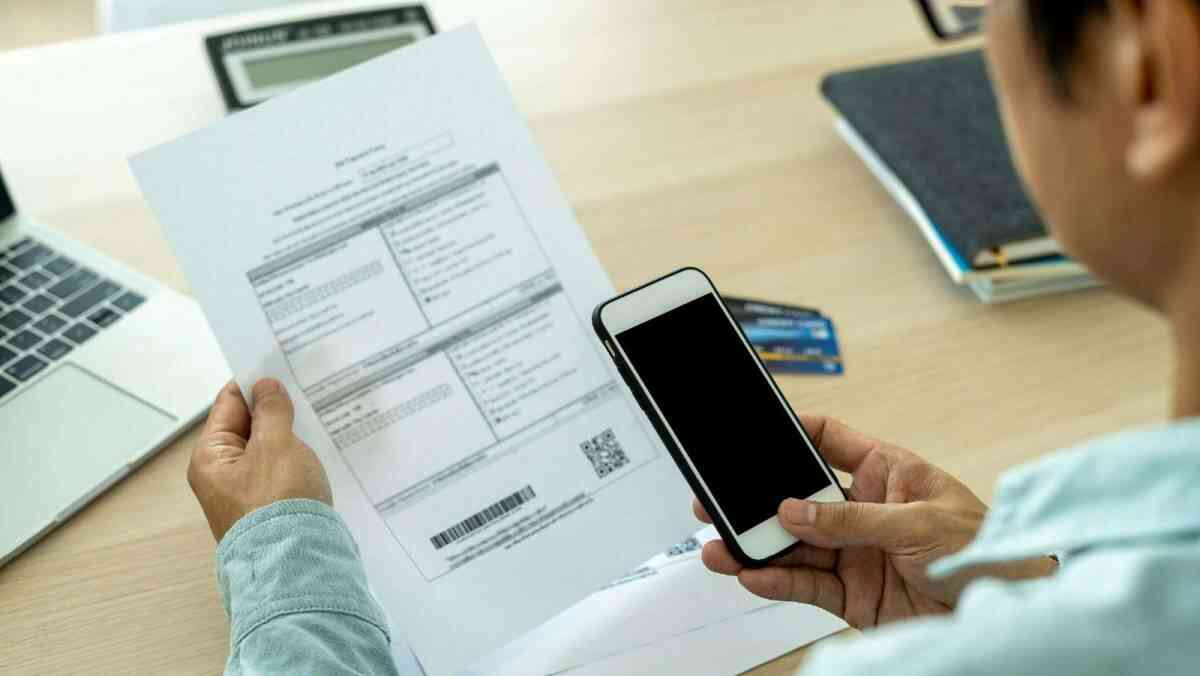Unlocking The Magic: How Ocr Data Capture Works
- - Category: Small Business
- - 25 May, 2023
- - Views: 229
- Save

We'll dive into the fascinating world of OCR data capture and unravel the mystery behind this technology.
Have you ever wondered how those sleek apps and smart devices magically transform printed or handwritten text into digital information? It feels like we're living in a world straight out of a sci-fi movie, but it's much simpler! The answer lies in the realm of OCR data capture. In this article, we'll dive into the fascinating world of Optical Character Recognition (OCR) and unravel the mystery behind this incredible technology.
What is OCR Data Capture?
OCR data capture is a ground-breaking technology that enables computers to "see" and interpret text from images or documents. OCR stands for Optical Character Recognition, which uses advanced algorithms to recognise and convert printed or handwritten characters into machine-readable text. It's like a superpower that lets our devices effortlessly extract meaningful information from physical sources.
The OCR Process: From Image to Text
Let's look at the fascinating journey OCR takes to transform an image into readable text:
Step 1: Image Acquisition
The process begins with capturing the source image using a scanner, smartphone camera, or any device capable of capturing digital images. The quality of the image plays a crucial role in OCR accuracy, so clear, well-lit images are preferred.
Step 2: Pre-processing
Once we have our image, OCR algorithms kick in to perform various pre-processing tasks, including noise reduction, image enhancement, and rotation correction. The goal is to optimise the image for better character recognition in the subsequent steps.
Step 3: Text Localisation
Now comes the exciting part. OCR algorithms analyse the pre-processed image to identify regions containing text. The software distinguishes between text and other image elements by examining factors like colour, texture, and shape. This process enables precise localisation of the text areas within the image.
Step 4: Character Segmentation
Crucial for accurately recognising complex handwritten or cursive text, OCR software breaks down text regions into individual characters or groups of characters in this step. The software determines where one character ends, and another begins by identifying spaces, lines, and other visual cues.
Step 5: Feature Extraction
Once the characters are segmented, the OCR software analyses their unique features. It examines attributes such as stroke thickness, curves, and angles to identify and distinguish between characters. The software takes this information and creates a digital representation of each character for further processing.
Step 6: Character Recognition
OCR algorithms match the extracted features of each character against an extensive database of known characters. The software determines the most likely character for each segment by employing machine learning and pattern recognition techniques. This process occurs for every character in the image, resulting in a complete text representation.
Step 7: Post-processing
OCR output is not always perfect, as variations in image quality or font styles can introduce errors. The software applies error correction techniques to refine the recognised text in the post-processing stage. This step involves spell-checking, context analysis, and language-specific rules to improve the accuracy and readability of the final output.
Step 8: Output and Utilisation
After undergoing the entire OCR pipeline, the final output is a digital representation of the text from the original image. You can utilise this machine-readable text for various purposes, such as data entry, document indexing, search functionality, translation, or text-to-speech conversion.
OCR Applications: Real-World Magic
OCR data capture has opened a world of possibilities in numerous domains. Here are just a few examples of its applications:
- Document Digitisation: OCR converts physical documents into editable, searchable digital formats. This application has revolutionised tasks such as scanning receipts, archiving old books, and transforming paper-based workflows into efficient digital processes.
- Accessibility: OCR makes printed information accessible to visually impaired individuals. Converting text into speech or braille helps bridge the gap and provides equal access to information for all.
- Data Extraction: Many businesses rely on OCR to extract valuable data from invoices, forms, and contracts. By automating data entry, OCR streamlines processes, minimises errors, and frees time for more important tasks.
- Translation and Localisation: With OCR, text from foreign languages can be easily captured and translated. This tool is invaluable for businesses operating globally and individuals seeking to overcome language barriers.
- Intelligent Search: OCR-powered search engines enable us to find specific text within images or scanned documents, making information retrieval faster and more efficient. Whether finding a particular paragraph in a book or managing your payroll, OCR makes it easier.
The next time you effortlessly scan a document or translate a foreign language with a simple tap on your screen, remember the fascinating journey that OCR data capture has undertaken to make it all possible.
